Caring for Your Teeth
The most important part of dental care happens at home. Brushing and flossing every day, along with regular dental checkups, can help prevent cavities and gum disease.
Brushing
Brush your teeth for two minutes, twice a day to help prevent cavities and gum disease. Flossing once a day to remove plaque from between the teeth where your toothbrush cannot reach.
Regular brushing is a very important step in preventing tooth decay and gum disease. Brushing removes the germs that promote tooth decay and the plaque that can cause gum disease. Plaque is an invisible film that develops on your teeth every day. Try to brush in the morning, before bedtime and when possible after meal.
How to Brush:
Adult and Youth Brushing Technique
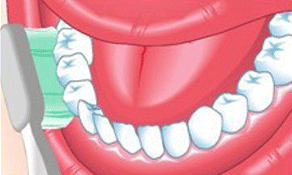
Brush at a 45-degree angle to your teeth. Direct the bristles to where your gums and teeth meet. Use a gentle, circular, massaging motion, up and down. Do not scrub. Gums that recede are often a result of years of brushing too hard.
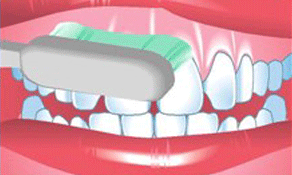
Clean every surface of every tooth including the chewing surface, the cheek side, and the tongue side.
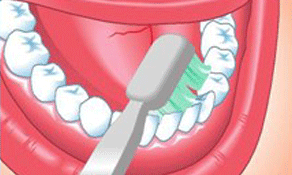
Do not rush your brush. Brushing should take at least two minutes. Try timing yourself. Use a soft brush with rounded bristles. There are many different types of brushes, ask your dentist or dental hygienist to suggest the best one for you.
Flossing
Flossing removes plaque and germs that you cannot reach with your toothbrush. Plaque is the main cause of gum disease. It is an invisible film that develops on your teeth every day. Within 24 to 36 hours, plaque hardens into tartar, which can only be removed by having a professional cleaning. Gums sometimes bleed when you first begin to floss. Bleeding usually stops after a few days. If bleeding does not stop, see your dentist. Floss once a day.
How to Floss:
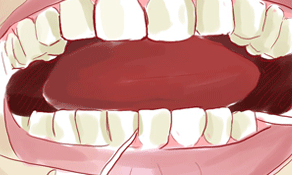
Gently slide the floss between your teeth.
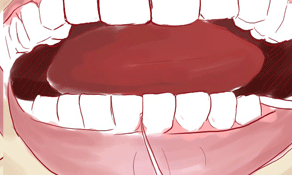
Move the floss gently in a "C" motion when it makes contact with the gums and use a gentle up and down motion to clean the area.
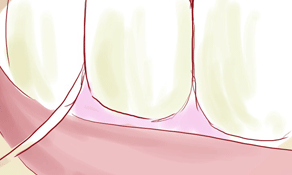
Repeat the process between each tooth.
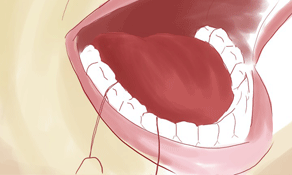
Don't forget the backs of your molars.
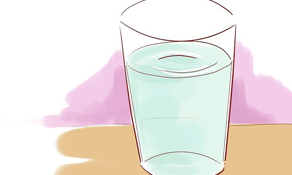
Rinse your mouth out with mouthwash or water when you're done flossing.
Children
Good habits started in childhood can last a lifetime. Plaque is the soft, sticky film of bacteria and leftover food that stay on the teeth after eating. Plaque should be removed from the teeth to stop cavities and gum infections. If the plaque is left on the teeth it hardens and becomes tartar. Tarter needs to be removed by a dental professional. Children can develop tartar on their teeth the same way that adults can.
Encourage your child to:
- Use only a green pea-sized amount of fluoridated toothpaste for toothbrushing once the child can spit and rinse.
- Brush for two minutes, two times each day (morning and before bed)
- Floss once a day
Children should have help brushing until the age of 7 years old.
- Brush all sides of the teeth - the tongue side, the cheek side and the chewing surfaces
- Brush in large, overlapping circles for the cheek side of the teeth with the top and bottom teeth biting together
- Brush in smaller, overlapping circles for the tongue side and the chewing surfaces of the teeth with the top and bottom teeth apart
- Flossing is the best way to clean the in-between surfaces of the teeth that cannot be reached by toothbrushing It is recommended that parents help floss their children’s teeth.
- Flossing is a skill that takes time and practice.
- Children often find flossing aids or floss picks easier to use than regular dental floss.
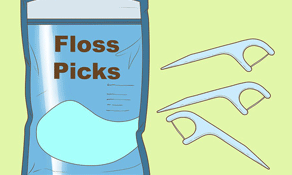
Flossing technique is the same for all ages.
- Pass the floss gently between the teeth
- Wrap the floss in a “C” shape around the teeth, and move up and down between the tooth and gum.
With improved fine motor control, children can try to use the recommended brushing and flossing techniques for youth and adults.
Babies
Healthy teeth and gums are important as your child grows, in order to help them speak well and eat healthy.
Without proper care of your child’s teeth, what could happen?
- Cavities and gum disease
- Infection
- Poor nutrition
- Lack of sleep
- Future serious dental problems
- Difficulty learning and talking
- Pain
Starting good oral hygiene habits from the beginning is important.
Before your baby’s first teeth come in:
- Wipe the gums off with a gauze or clean, wet washcloth.
- Wipe baby’s gums daily after feedings.
When your baby has teeth:
- Brush baby’s teeth with a soft, infant sized toothbrush.
- Brush baby’s teeth at least twice a day (bedtime is especially important).
- The easiest way to hold your baby while you clean their teeth is to sit down with the baby’s head in your lap.
- Do not use a fluoridated toothpaste until your child can spit and rinse.
Additional Information
For more information, please visit the Canadian Dental Association.
Last modified on: August 31, 2018
References
http://www.cda-adc.ca/en/oral_health/cfyt/dental_care_children/cleaning.asp
http://www.cda-adc.ca/en/oral_health/cfyt/dental_care_children/tooth_decay.asp
https://www.wikihow.com/Floss
https://www.wikihow.com/Teach-Kids-to-Floss